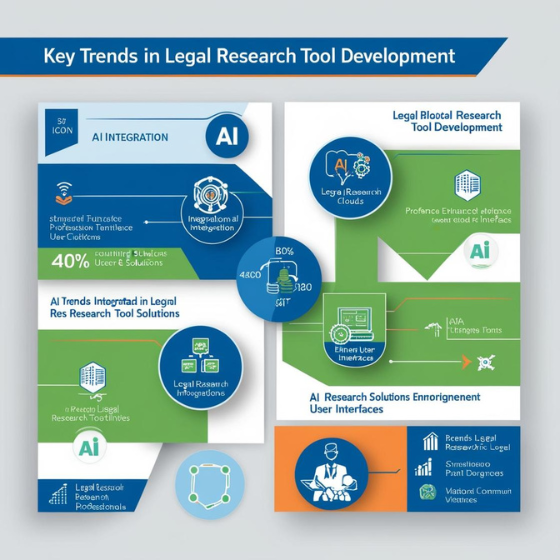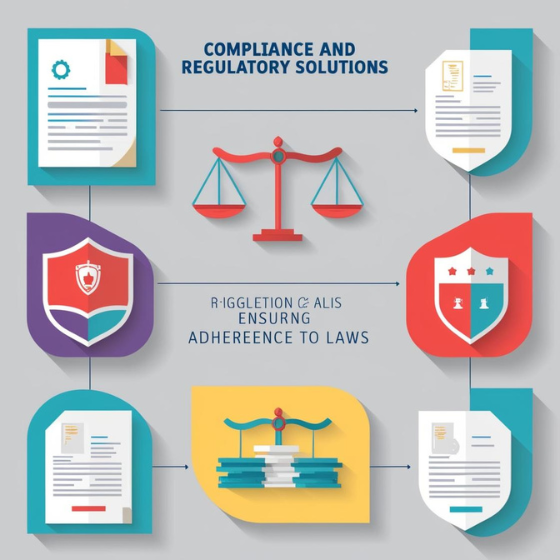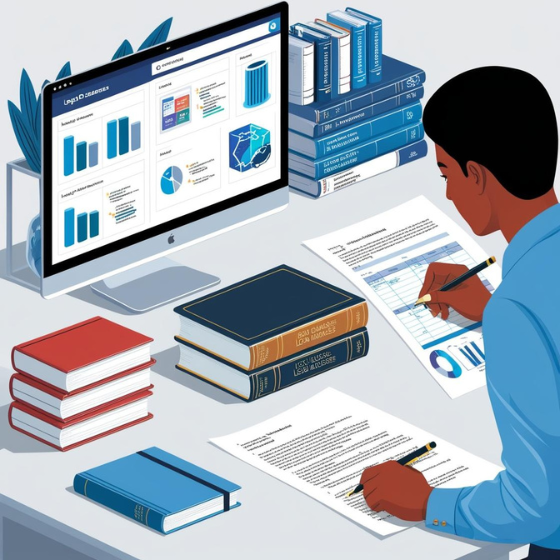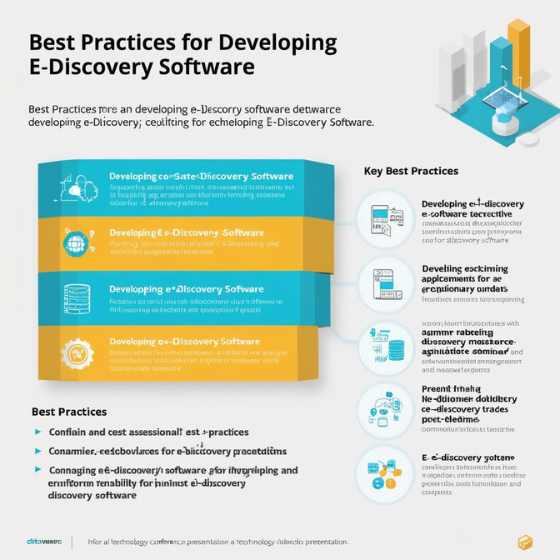Key Trends in Legal Research Tool Development
The legal field is evolving rapidly, and technology is at the forefront of this transformation. Legal professionals are increasingly relying on legal research tools to improve their efficiency and accuracy when accessing crucial case law, statutes, and regulations. These tools have become indispensable for legal teams, offering fast, reliable access to complex legal information.
In this blog, we’ll explore the key trends shaping the development of legal research tools. We’ll also look at how these innovations are making legal research easier, faster, and more accurate.
1. Artificial Intelligence and Machine Learning
Artificial Intelligence (AI) and Machine Learning (ML) are driving significant advancements in legal research tools. By analyzing vast amounts of data, AI and ML offer insights that save time and enhance decision-making.
How AI and ML Are Transforming Legal Research
- Predicting Case Outcomes: AI helps lawyers predict how courts might rule by analyzing past cases. This allows for better strategic planning.
- Summarizing Documents: Machine learning tools can automatically summarize lengthy documents, helping lawyers get to the core of the matter quickly.
- Smarter Searches: AI-powered search tools understand the context of a query. As a result, they deliver more relevant search results, saving time for legal professionals.
Examples of AI-driven platforms include Casetext and Ravel Law, which use AI to help lawyers analyze case law faster and more effectively.
2. Natural Language Processing (NLP) in Legal Tools
Natural Language Processing (NLP) is another powerful tool for legal research. NLP allows machines to understand and interpret human language in a more intuitive way. This makes legal research tools easier to use and more accurate.
Benefits of NLP for Legal Professionals
- Better Search Results: NLP ensures that search results are more relevant by considering the meaning behind legal queries, not just the words.
- Streamlined Document Review: NLP can highlight key sections of legal documents, speeding up the review process.
- Improved Legal Writing: NLP tools can help improve legal writing by suggesting clearer, more precise language.
Ross Intelligence is one example of a platform using NLP to improve legal research workflows.
3. Cloud-Based Legal Research Tools
Cloud technology has revolutionized many industries, including law. Cloud-based legal research tools are becoming increasingly popular due to their accessibility and flexibility.
Why Cloud-Based Tools Are Important for Legal Research
- Access Anywhere: Lawyers can access their research from any device, whether they’re in the office, at home, or in court.
- Collaboration: Cloud-based tools allow teams to work together in real time, sharing documents and insights instantly.
- Security: Many cloud platforms offer robust security features to ensure that sensitive legal data remains protected.
Examples of cloud-based legal research tools include Westlaw Edge and LexisNexis, which offer convenient, secure, and scalable solutions for legal professionals.
4. Legal Analytics: The Power of Data
Legal analytics tools are making waves in the legal field. By analyzing historical case data, legal analytics helps lawyers make better, data-driven decisions.
How Legal Analytics Benefit Lawyers
- Predicting Case Outcomes: Legal analytics tools help lawyers forecast the likely outcome of a case based on historical data, making it easier to plan a strategy.
- Judge and Court Insights: Analytics can offer insights into how specific judges tend to rule on certain types of cases. This can help lawyers tailor their arguments effectively.
- Optimizing Legal Strategies: With the power of data, legal analytics tools help lawyers optimize their strategies and identify the most likely successful approaches.
Platforms like Lex Machina and Premonition offer these powerful analytics capabilities, helping firms make more informed decisions.
5. Focus on User Experience (UX)
As technology advances, legal research tools are becoming more user-friendly. Legal professionals often need to move quickly, so intuitive tools are essential for improving efficiency.
Why UX Is Crucial for Legal Research
- Ease of Use: Simple interfaces allow lawyers to get to work faster, without wasting time on complex features.
- Streamlined Workflow: Tools with good UX design are easier to integrate into a lawyer’s workflow, which saves time and reduces frustration.
- Customization: Some tools let users personalize the interface to suit their specific needs, making research even more efficient.
Platforms like Casetext and Fastcase are examples of tools that prioritize UX, ensuring that their users can easily navigate and perform research tasks.
Conclusion
The development of legal research tools is undergoing a transformation, thanks to technologies like AI, machine learning, cloud computing, and legal analytics. These innovations are making legal research faster, more accurate, and more efficient. As the legal field continues to evolve, staying ahead of these trends will be crucial for legal professionals who want to improve their practice and enhance client service.
If you’re looking for advanced legal research tools to streamline your workflow, contact Sodio today. We can help you integrate the latest technologies into your legal practice for improved efficiency and success.







